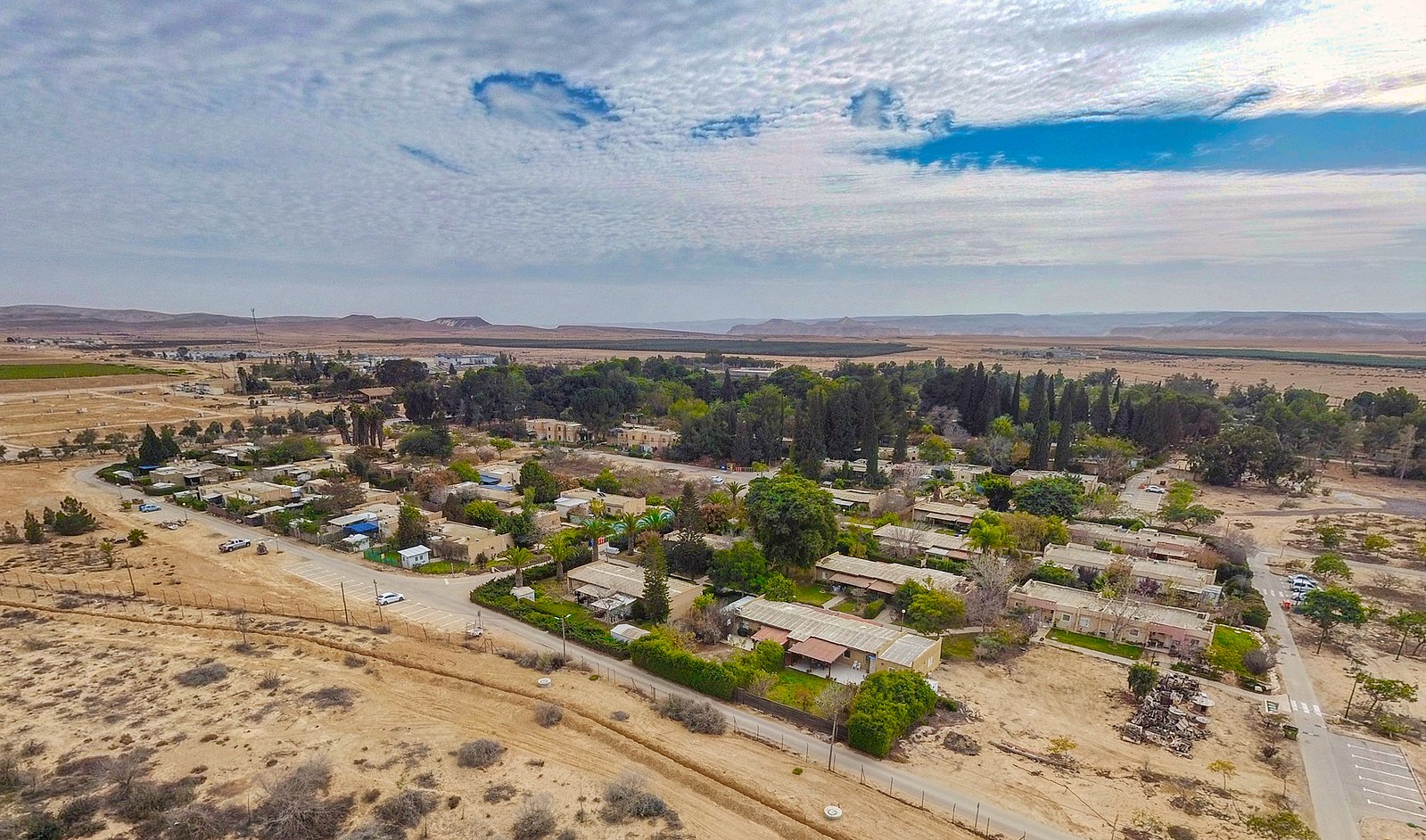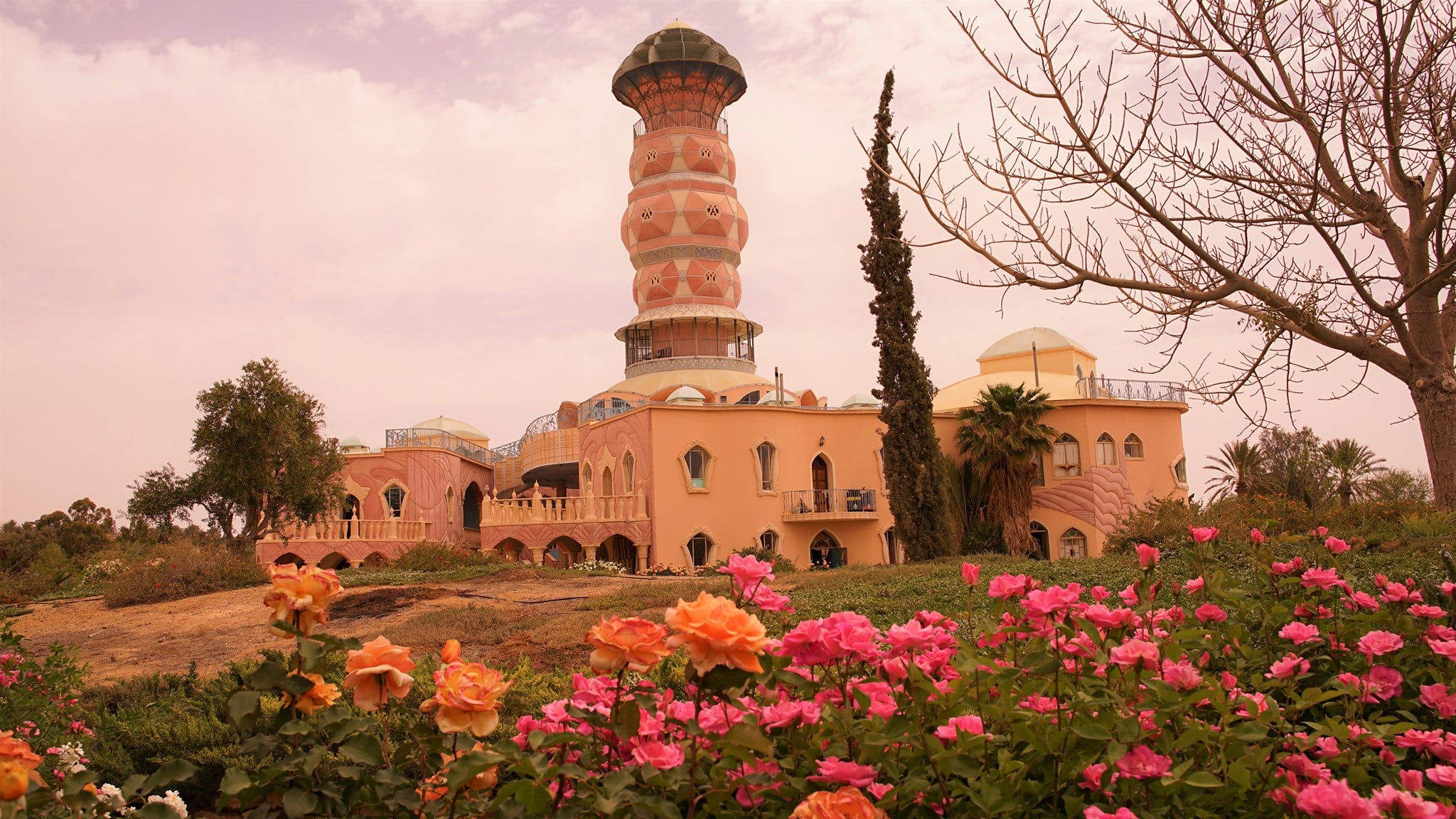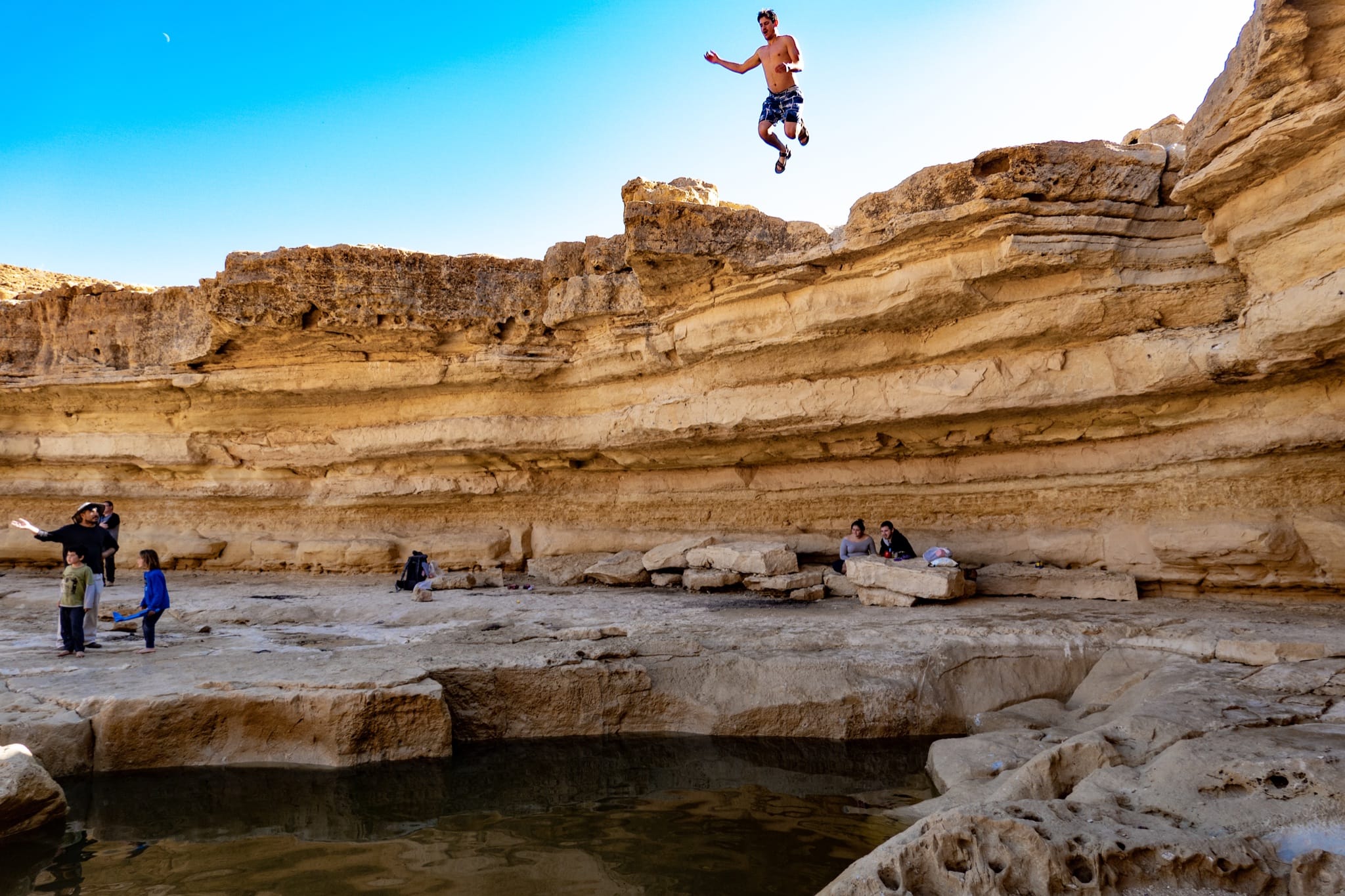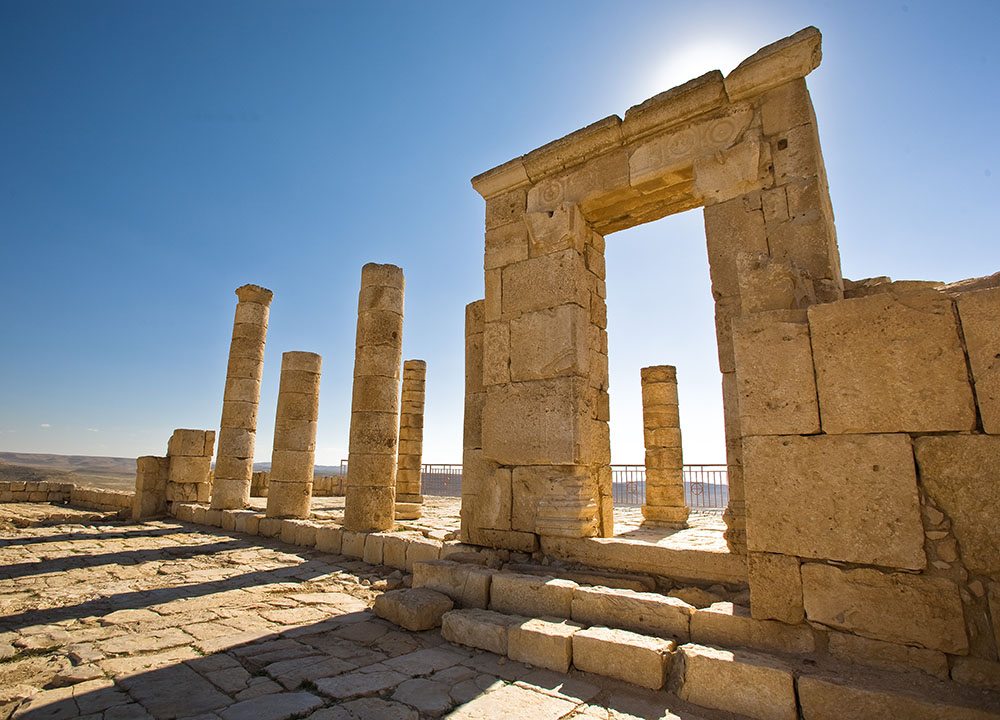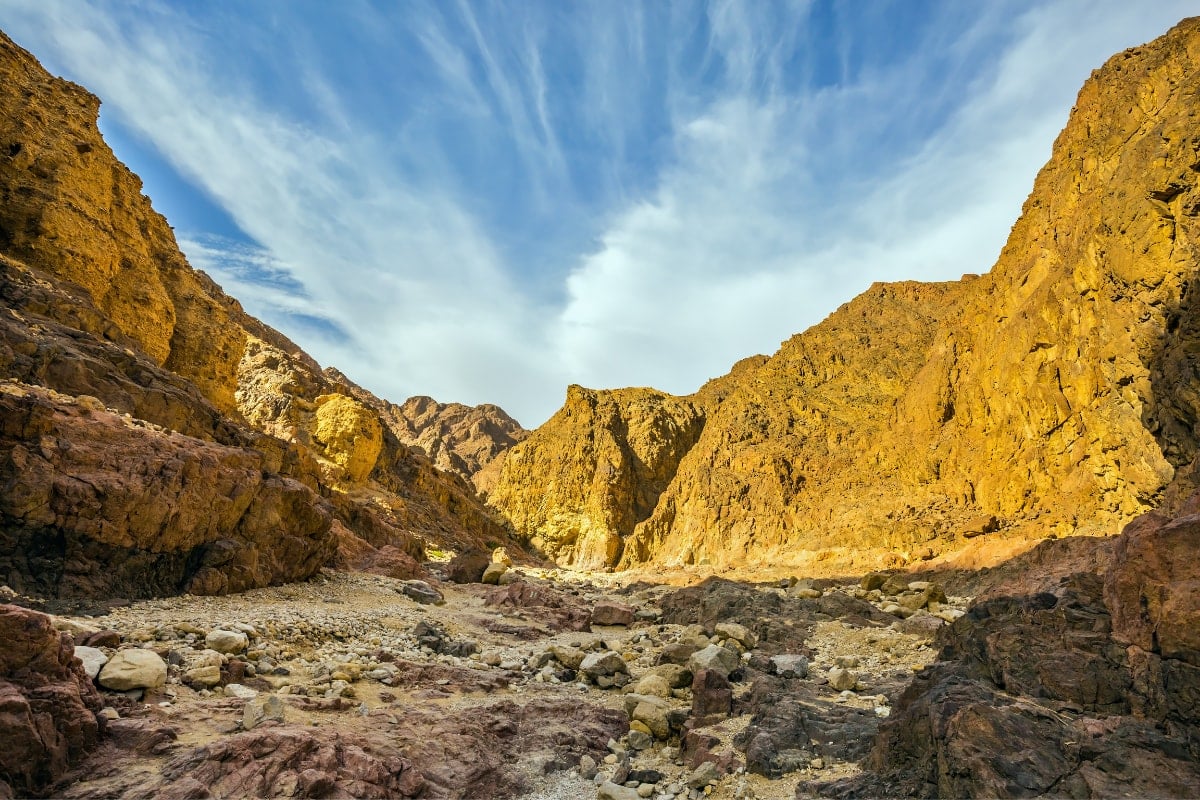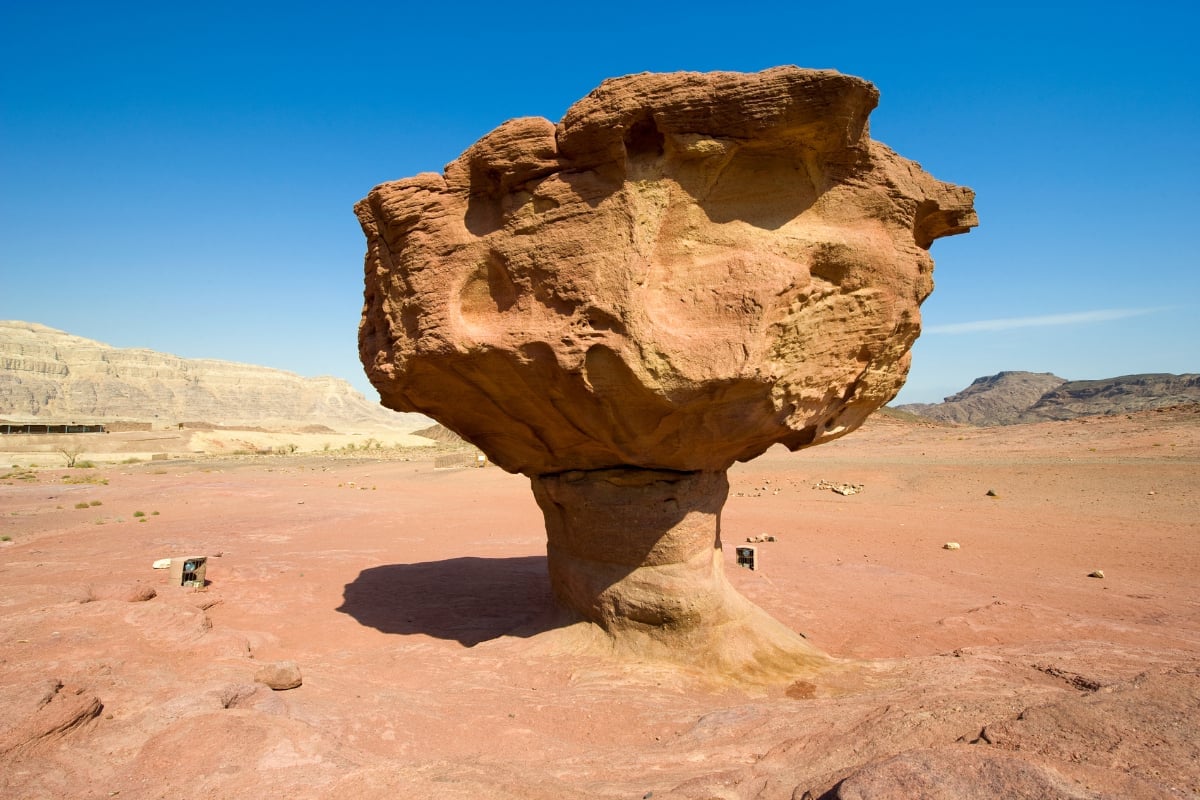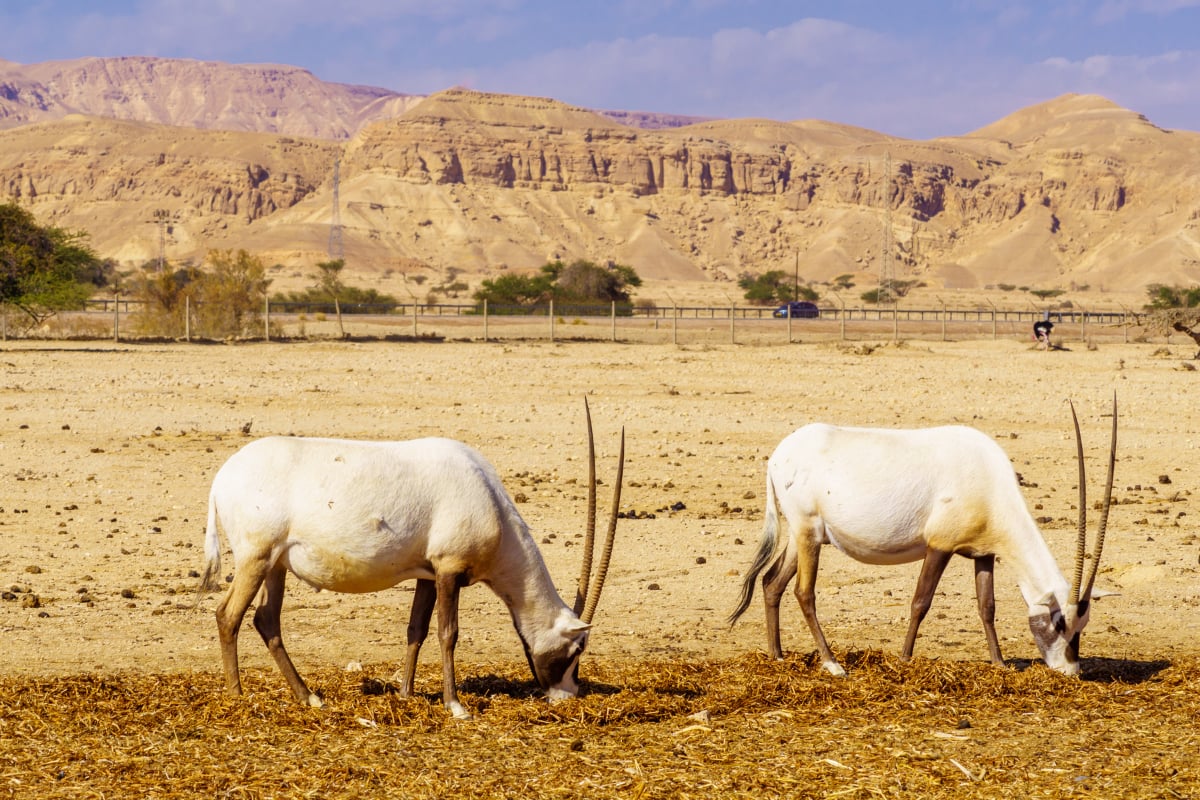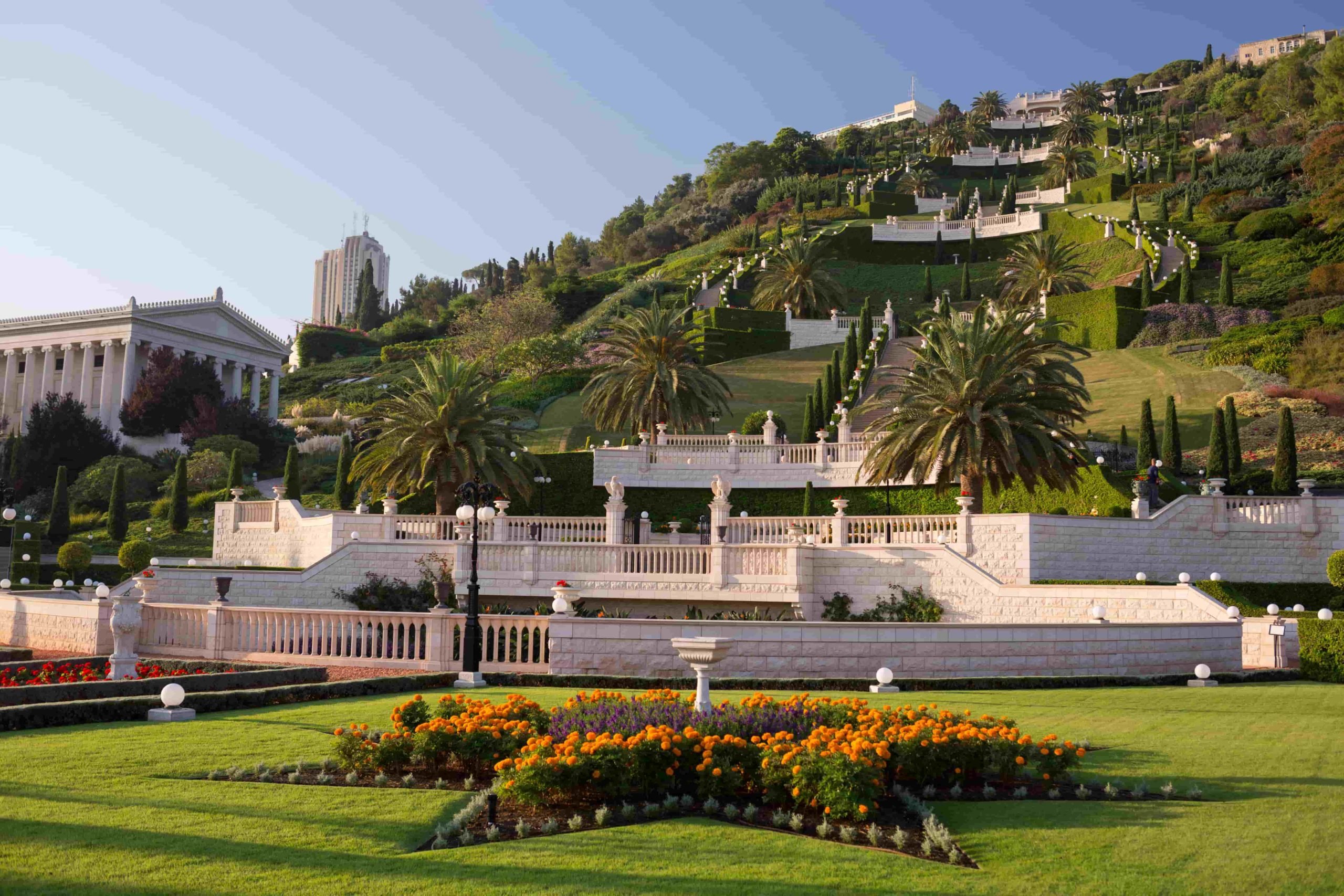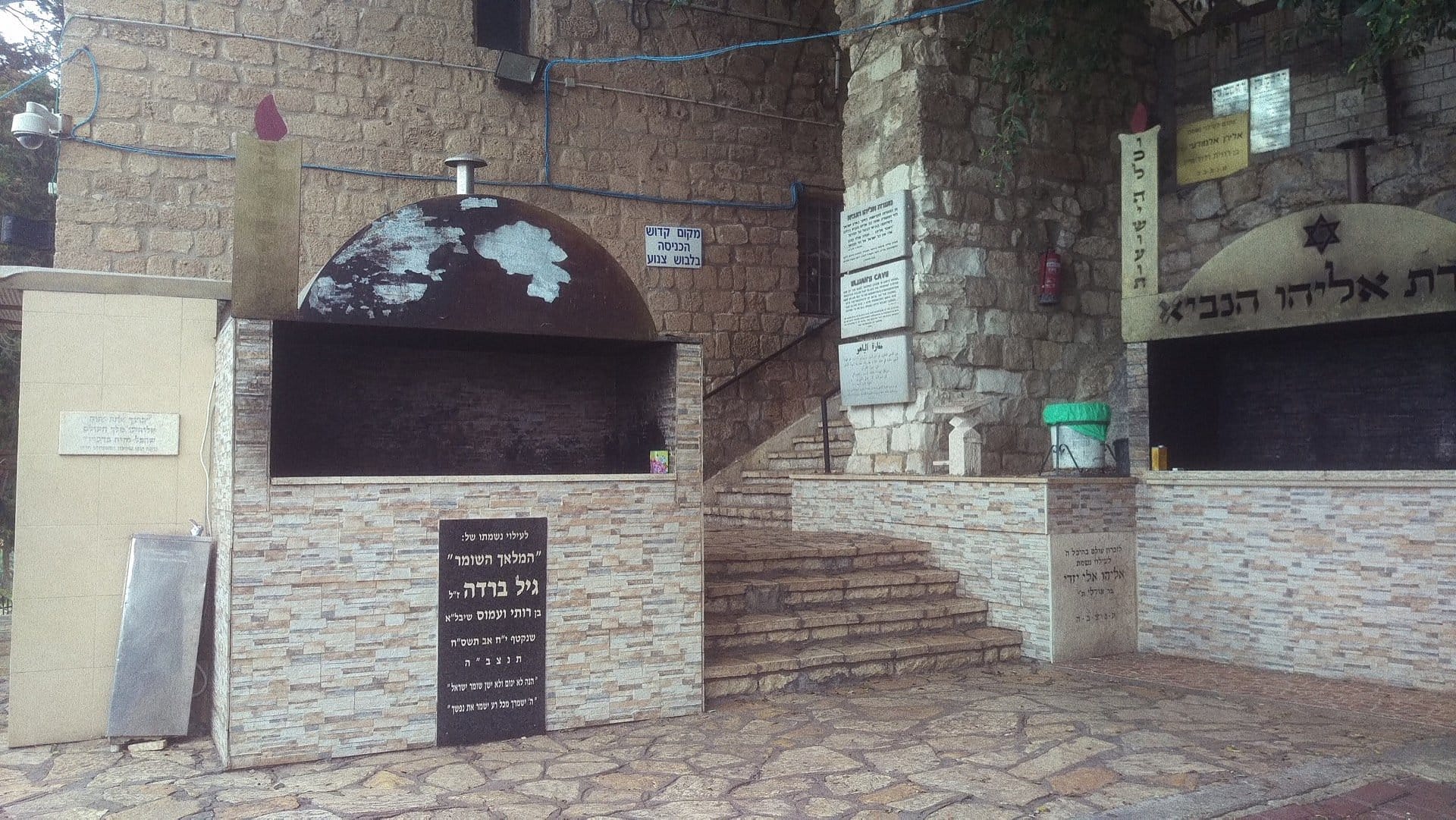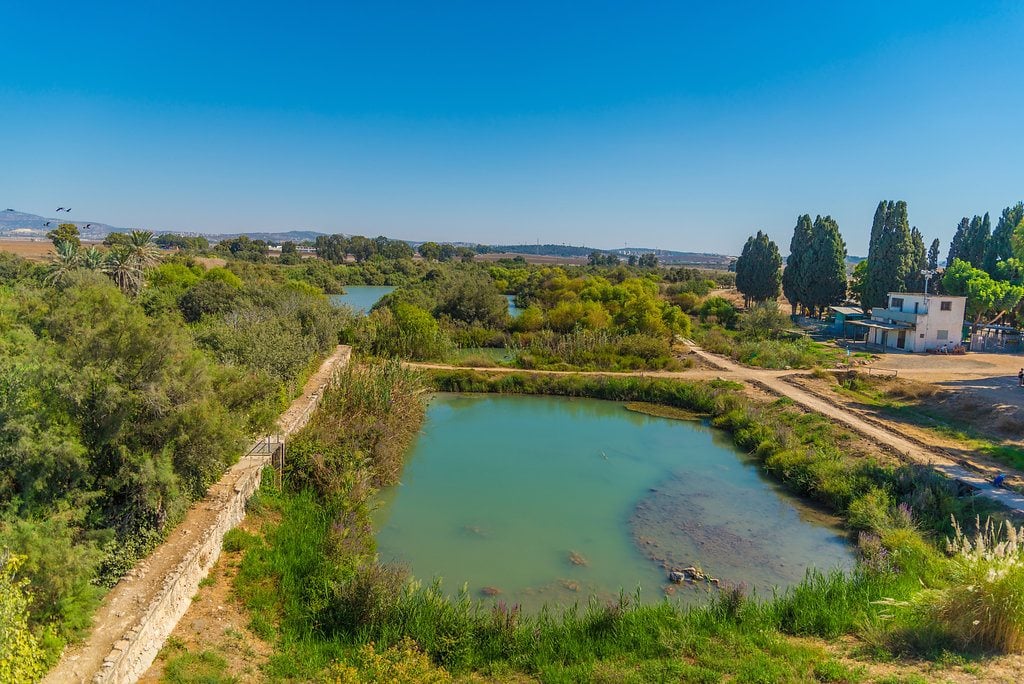Sde Boker is a kibbutz in the Negev desert of southern Israel. Best known as the retirement home of Israel’s first Prime Minister, David Ben-Gurion, it falls under the jurisdiction of Ramat HaNegev Regional Council. A large agricultural farm or small village existed here in the early Islamic period, from the late 7th century to the early 9th century. Remains of dozens of structures exist, including a mosque near which hundreds of Arabic inscriptions were found.
The modern kibbutz was established on May, 15 1952 and 1953, Prime Minister David Ben-Gurion resigned from office and moved to the kibbutz. Although he returned to politics in 1955, he continued to live in the kibbutz until his death in 1973, when he was buried nearby at Midreshet Ben-Gurion alongside his wife Paula Ben-Gurion. Ben-Gurion moved to the kibbutz inspired by his vision of cultivating the Negev desert and building up its surrounding towns such as Yeruham and Dimona. He believed that eventually the Negev would be home to many Jews who would move to Israel, and he felt that Sde Boker was a trailblazer and example for what should follow. His home was later turned into a museum.
In his official writings Ben-Gurion often mused about his efforts at rejuvenating the Negev: “The desert provides us with the best opportunity to begin again. This is a vital element of our renaissance in Israel. For it is in mastering nature that man learns to control himself. It is in this sense, more practical than mystic, that I define our Redemption on this land. Israel must continue to cultivate its nationality and to represent the Jewish people without renouncing its glorious past. It must earn this—which is no small task—a right that can only be acquired in the desert.”
